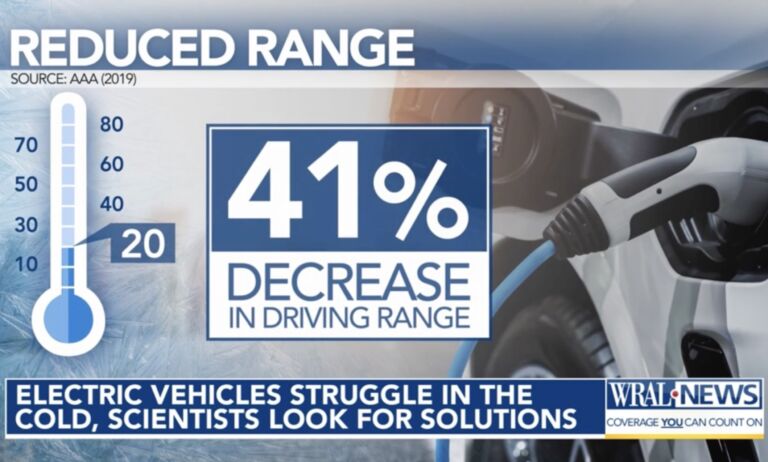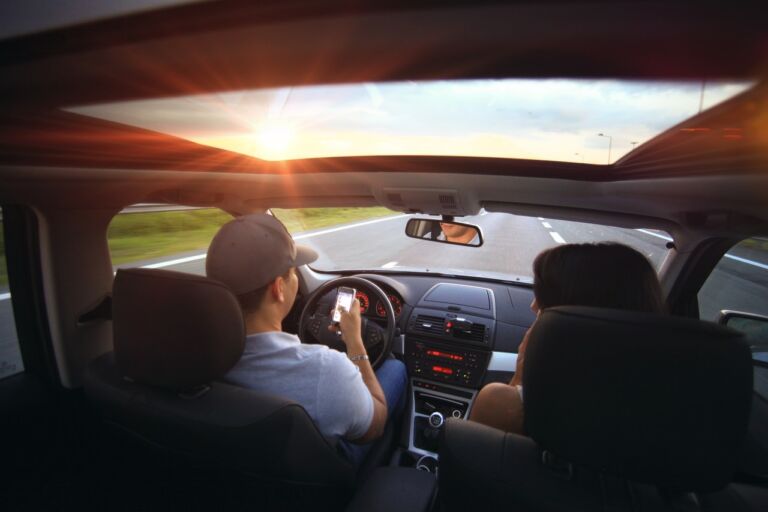Those interested in the next stage of the “sharing economy” might find some interest in an article featured in the latest issue of Bloomberg Businessweek.
Transportation startups Uber and Lyft have long billed themselves as ride-sharing companies that, among other things, can reduce the number of cars on the road. The argument is that low fares make using such services cheaper and easier than keeping your own vehicle in a congested city. It’s been a shaky claim, given that both companies have attracted new waves of professional drivers who typically carry only one passenger. Uber even helps would-be drivers secure auto loans, putting more cars on the road. In January the Associated Press banned the phrase “ride-sharing” to describe Uber or Lyft, concluding that their services were closer to “ride-hailing” or “ride-booking.” Or, you know, a taxi.
Now both companies are testing services that might finally fulfill their greener promises. UberPool and Lyft Line, available in a handful of cities, match two sets of riders heading in the same direction and charge them a reduced fare. This kind of carpooling, hardly a new idea, may play a major role in the outcome of the San Francisco companies’ furious competition against each other and the $11 billion traditional U.S. taxi and limo industry. “I do think this is the future of ride-sharing—the actual sharing of rides,” says Harry Campbell, an Uber and Lyft driver and author of The Rideshare Guy, an industry blog. “They can lower the price and make the business accessible to people who may not have taken a ride before.”
The services, though easy to use, are complicated and potentially expensive to operate. A rider must select the carpooling option on her Uber or Lyft app and enter a destination. While a nearby driver picks her up, the app’s algorithm searches for another passenger whose journey falls along the same path. If a match is made, the two passengers split the fare for the time they share the car. In theory, this option can halve prices for riders while also earning drivers more money per (longer) ride. But when passengers select the carpooling option and end up riding solo, Uber and Lyft still give them the discount and pay drivers the rest of what they would have made for the full fare. Uber cited this system, and its coming expansion, as one reason it raised $1.6 billion in convertible debt on Jan. 21.


